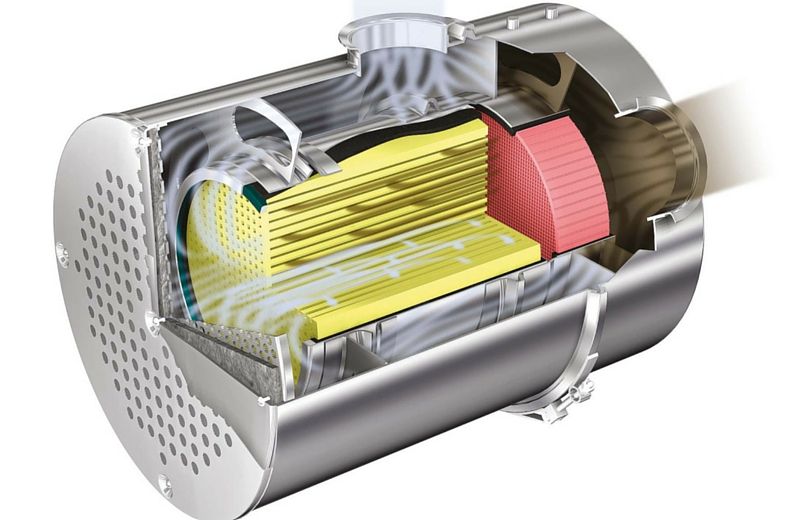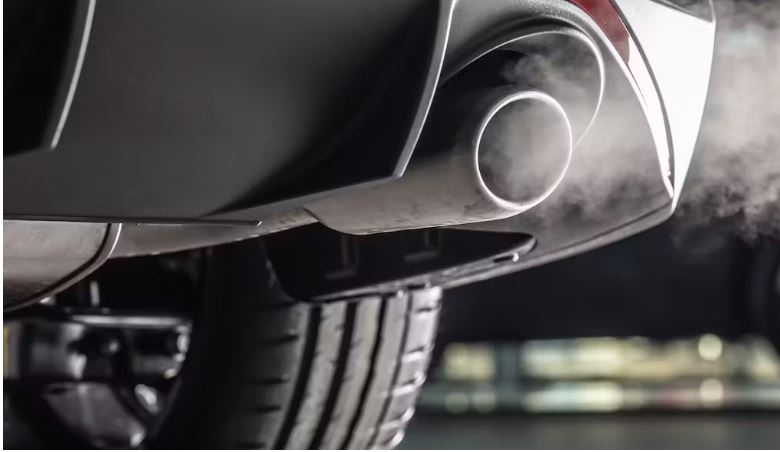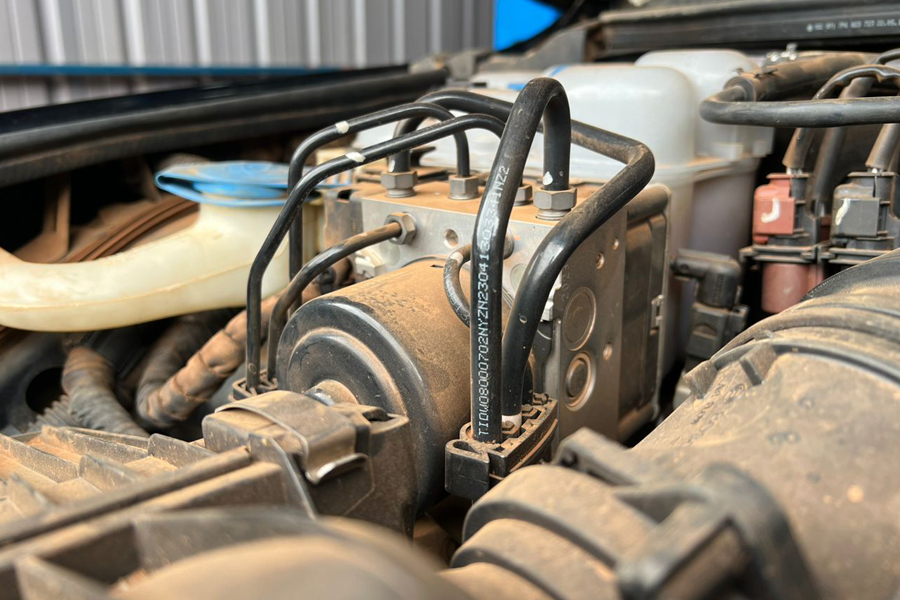Understanding (DPF) Diesel Particulate Filters and Catalytic converters
By Okello Samuel
When talking about equipment to minimize pollution from a car's combustion engine, one spontaneously thinks of the catalytic converter and the diesel particulate filter. These two elements fulfill the same role but they do not work in the same way, although they are complementary.
Keep Reading
In this article, we will see what the main differences are between these two pieces of equipment, which are now found on all new thermal cars, whether they are petrol or diesel engines.
In the 1970s, the pollution caused by cars began to be taken into account. It was precisely at this time that the catalytic converter was created. It was even made compulsory on petrol cars in 1993 when the Euro 1 standard was introduced.
The catalytic converter was made compulsory on diesel cars in 1997. The operation of the catalytic converter is quite simple; it works by carrying out chemical reactions.
On petrol engines, we talk about a 3-way catalytic converter because three chemical reactions are carried out.
On diesel engines, there are two, so the principle of the 2-way catalytic converter is used. These reactions take place through chemical reactions between the exhaust gases and the precious metals in the catalytic converter.
This is one of the reasons why there are so many catalytic converter thefts. These transformations convert nitrogen oxides, carbon monoxide, or unburned hydrocarbons into water and carbon dioxide.
This is why, when it comes to pollution, we mainly talk about carbon emissions: cars mainly emit carbon dioxide

The diesel particulate filter: why is it there?

While the catalytic converter is effective, it does not remove all pollutants. Today's diesel engines, equipped with direct injection, have a major concern: they emit fine carbon particles, which are highly polluting. Their small size means that they too often pass through the catalytic converter.
The diesel particulate filter is a Peugeot invention and was fitted as standard on the 607 before being made compulsory on all new diesel cars from 2011 and on.
The diesel particulate filter collects the fine particles, generally at the exit of the catalytic converter, and agglomerates them within a honeycomb structure, which is also composed of precious metals. These fine particles are removed through what are known as regeneration cycles.
When the engine is sufficiently hot, as well as the exhaust line, extra fuel is injected to burn off the fine particles, which are then destroyed. This can sometimes be done via a diesel particulate filter additive.

Catalytic converter and DPF: a complementary duo!
The catalytic converter and the diesel particulate filter are therefore complementary. They perform different tasks but with a common objective: to clean up the exhaust gases emitted by petrol and diesel cars. To do this, they have to carry out well-prepared and regular operations. For this reason, it is essential that both components are in good working order.
If one of them is clogged, for example, the second is often clogged shortly afterward. This can lead to power loss and fuel consumption.
For diesel vehicles, it is important to drive long enough (at least 30 minutes) to trigger regular regeneration cycles. This ensures that the system lasts a long time. However, both the catalytic converter and the diesel particulate filter can sometimes fail, either because of excessive contamination or because of a mechanical problem. This means that the part in question must be replaced quickly.
At the road-worthiness test, a clogged DPF or a defective catalytic converter will result in above-average pollutant emissions, which will require a second inspection. It is therefore better to intervene beforehand to avoid this.

How to make these items last well
Our internal combustion cars like to run at a steady pace, when the engine is warm. So you'll need to make sure that you regularly make sufficiently long journeys that will prevent clogging.
For diesel cars, this is essential, as an exclusively urban environment can quickly lead to clogging. If possible, make sure you take a highway journey every month, ideally for at least an hour.
This will inevitably trigger a regeneration cycle and relieve both the catalytic converter and the particle filter.
If you think it's too late, we advise you to seek advice from S LINE Motors Ltd. Sometimes a descaling can solve the problem. In other cases, replacement of the DPF or catalytic converter may be necessary.

Can the catalytic converter or the DPF be removed?
Some people choose to remove the diesel particulate filter and catalytic converter from their car, to avoid costs and free up the engine. This practice is illegal and can be heavily sanctioned in case of control because there will be no more conformity with the origin.
But above all, pollution will be greater because there will no longer be this double filtration phase. Even though particle filters and catalytic converters may seem restrictive, in reality, they are quickly forgotten.
Bear in mind that a car needs to make long journeys on a regular basis in order to be more durable. This will save you a lot of hassle and expense.
Now you know the main differences between the catalytic converter and the diesel particulate filter.
But did you know that in some cars the catalytic converter and the diesel particulate filter are combined into one unit? This makes maintenance easier, but when one breaks down, the other also has to be replaced!
OKELLO SAMUEL
B.Eng. Automotive and Power Engineering
Technical Director
S-Line Motors LTD
Plot 6, Ojara Close, Mbuya
https://goo.gl/maps/bEGeVEN7tUVTqHnu8
0779745722 / 0708000888













